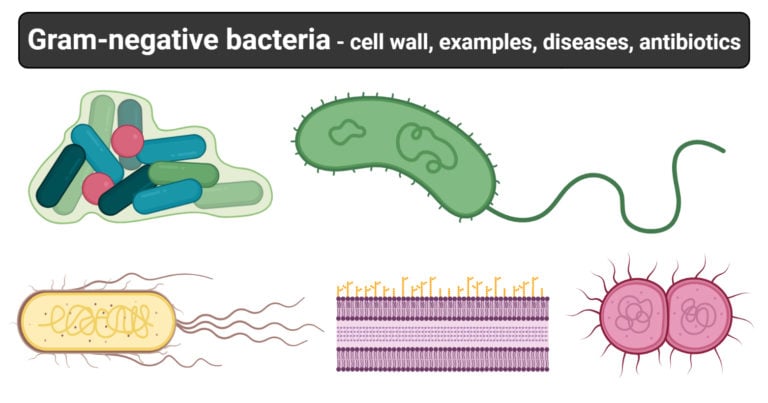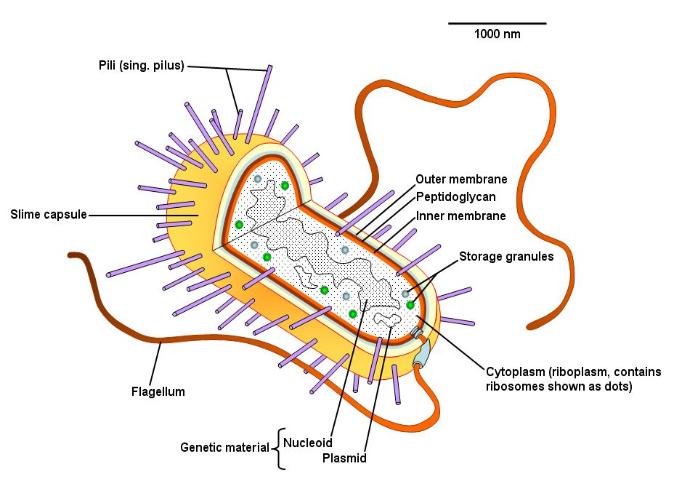


Obligate aerobes such as Bordetella pertussis require oxygen.

Aerobic bacteria, or aerobes, grow in the presence of oxygen. Gram stains of Gram-negative (left) and Gram-positive (right) bacteria (courtesy of Tufts Medical Center Microbiology Laboratory).īacteria can also be classified based on their growth responses in the presence and absence of oxygen. Air pollution as well as chemicals and contaminants in the environment weaken the body's defenses against bacterial infection. The environment also plays a role in host susceptibility. These factors include genetic makeup, nutritional status, age, duration of exposure to the organism, and coexisting illnesses. Host factors are critical in determining whether disease will develop following transmission of a bacterial agent. Finally, virulence describes the organism's propensity to cause disease, through properties such as invasiveness and the production of toxins. Pathogenic bacteria possess characteristics that allow them to evade the body's protective mechanisms and use its resources, causing disease. Second, the pathogenicity is a measure of the potential for an infectious organism to cause disease. First, the infectivity of an organism determines the number of individuals that will be infected compared to the number who are susceptible and exposed. Several factors lead to the development of bacterial infection and disease. The recent increased prevalence of highly immunosuppressed individuals, both due to AIDS and the increasing use of immunosuppressive drugs as chemotherapy and for transplantation of organs, tissues, and cells, has led to a population of patients highly susceptible to types of bacterial infections that were comparatively rare before. Both Lyme disease and Legionnaire's disease, now well-known to health-care professionals, were discovered as recently as the 1970s. New species and new variants of familiar species continue to be discovered, particularly as we intrude into new ecosystems. Some infect vectors such as animals or insects before being transmitted to another human. Many bacteria have adapted to survive in water, soil, food, and elsewhere. In order to be spread, a sufficient number of organisms must survive in the environment and reach a susceptible host. Bacterial infections can be transmitted by a variety of mechanisms. Once a person is infected, clinically apparent disease may or may not be seen, and only in a small subset of infections do we see clinically significant disease. More so than with infectious diseases caused by viruses and parasites, however, bacterial resistance to antimicrobials is a rapidly growing problem with potentially devastating consequences.īacteria are unique among the prokaryotes in that so many of them are normal flora that colonize the host without causing infection. As a general rule, bacterial infections are easier to treat than viral infections, since the armamentarium of antimicrobial agents with activity against bacteria is more extensive. These bacterial infections have a large impact on public health. Only a small percentage of the world's bacteria cause infection and disease. They play an important role in maintaining the environment in which we live.


 0 kommentar(er)
0 kommentar(er)
